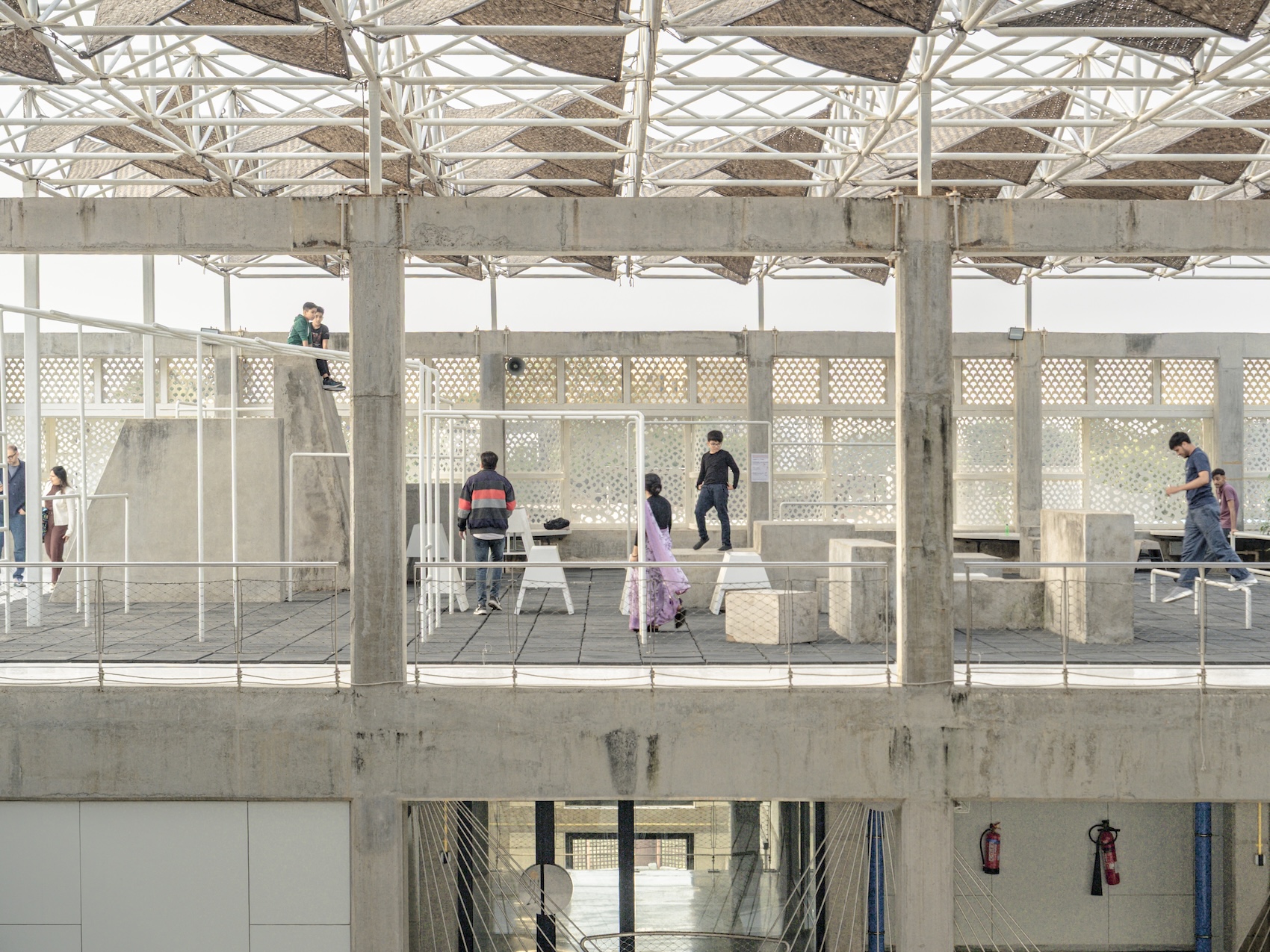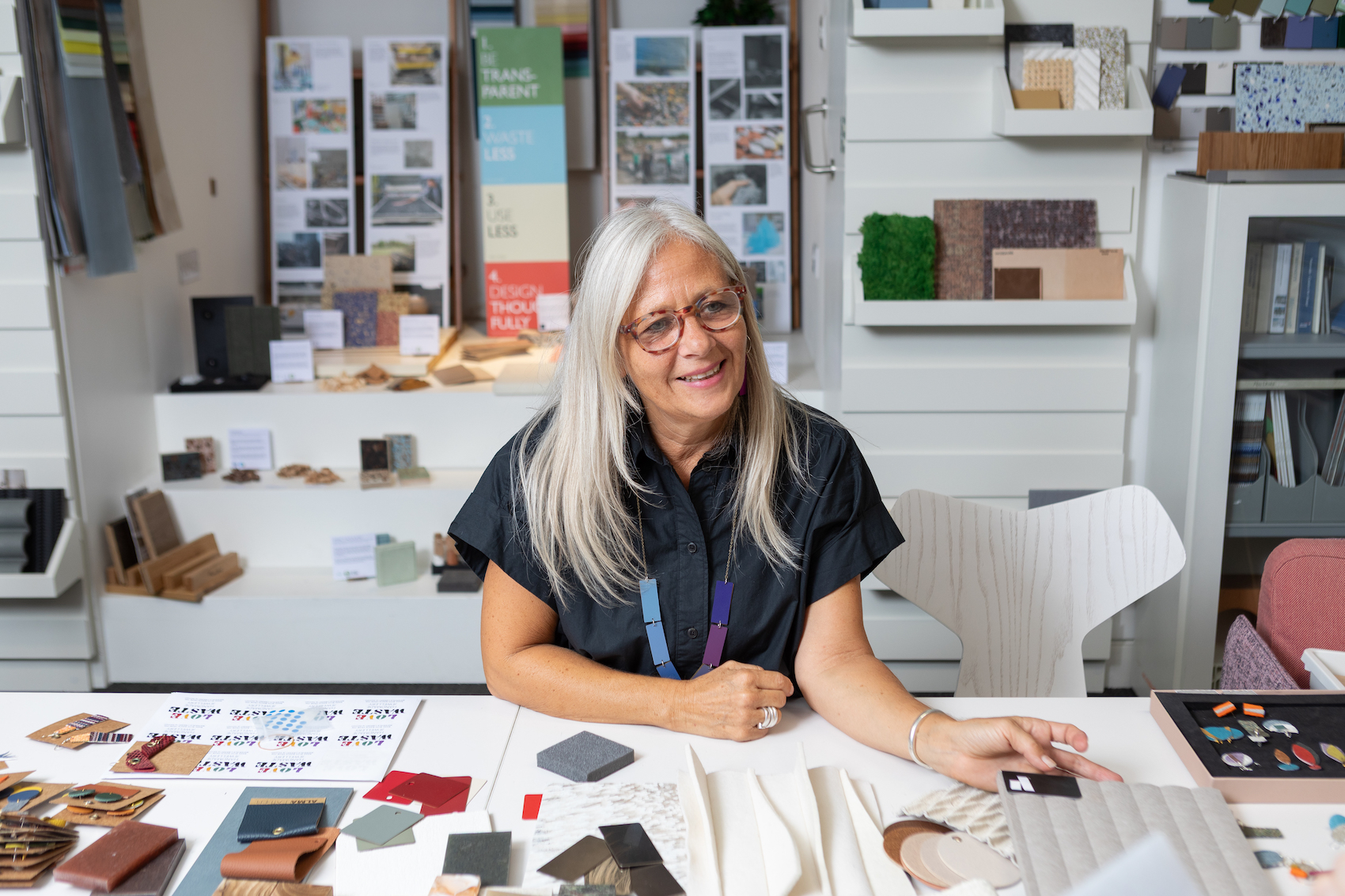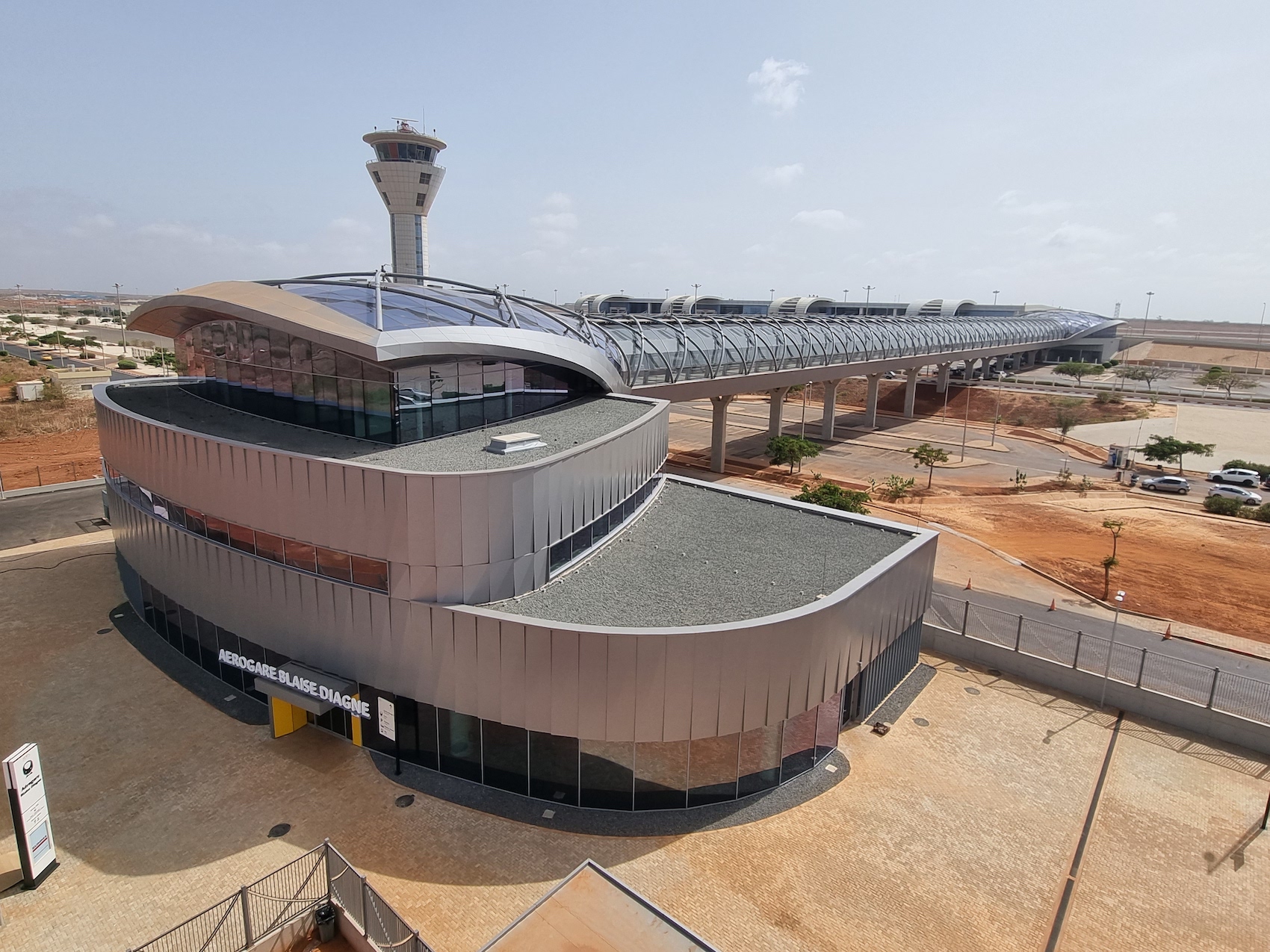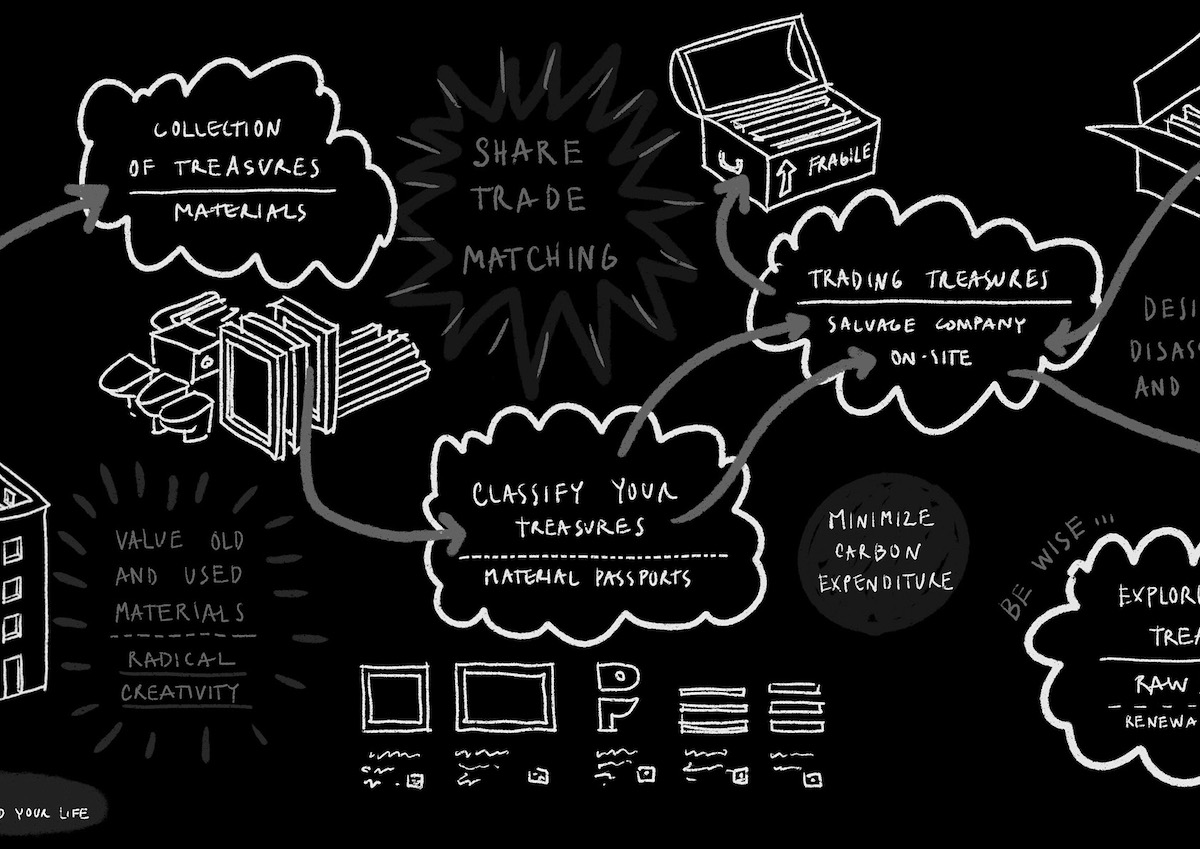Technical virtuosity, madcap curatorship, and a remarkable eye for detail combine to secure the Soane Museum’s status as architecture’s intellectual funhouse.
The facade of the Sir John Soane Museum in London’s Lincoln’s Inn Fields. Photograph by Gareth Gardner.
“I’ve put in so many enigmas and puzzles,” James Joyce once said, “that it will keep the professors busy for centuries arguing over what I meant.” The line—reputed to have been said following the publication of Ulysses—could stand as a motto not just for the author but for an entire phylum of artistic genie, the kind whose love of learned gamesmanship tends to turn them, in death, into cottage industries for scholarship. The honour roll of master obscurantists is long, and everyone is entitled to their own version (top of mine: John Ashbery; Angela Carter; David Hammons). But only a few architects can really be thought of as mingling in that rarified company.
Sir John Soane is one. For two centuries now, his house in Lincoln’s Inn Fields has served as a four-story, brick-and-cement red flag in the face of researchers and theorists of various persuasions. The repository of Soane’s extensive collection of art, artifacts and manuscripts, the house also served as its occupant’s architectural crash-test dummy for three decades, giving him room to experiment as his approach evolved. With its maze of rooms, and the dizzying variety of curios packed from its irregularly-planned floors to its varyingly-shaped ceilings, the whole structure brims with odd references and veiled meanings, to the point that it all seems like a deliberate bid for academic attention. And that’s just what it’s gotten: dissected and analysed within an inch of its life, Sir John Soane’s Museum (as it’s been known since the architect willed it to the state in 1837) is architecture’s great intellectual funhouse, the closest thing the discipline has to a Tristram Shandy.
On the one hand, in looking at all the knowing allusions and illusions that Soane packed into the design—the cabinets that open to reveal hidden paintings; the paintings that pull back to reveal hidden models; the narrow passageways that open up into lofty rotundas, and the rotundas that reveal themselves to be mere insertions inside still loftier galleries—it’s somewhat tempting to refuse the gambit, to decline to sort through the contradictory evidence in search of some deeper logic which, in truth, might not even exist. The classical busts (many replicas, others of dubious provenance), gothic spolia (possibly kept as gags, given Soane’s contempt for the style), and Egyptian relics (most notably the famed sarcophagus of King Seti I, lying at the bottom of the house’s well-like crypt), could speak to some great architectural or philosophical idea, conveyed through their specific selection and placement; on the other hand, they could simply be the accumulated detritus of a strange man with a strange sense of humour. In the same will in which he disinherited his much-disliked son, Soane included a codicil stating that his sealed personal bathtub (the house had internal plumbing, a deluxe feature for the 1820s) was not to be opened until nearly sixty years after his death. When at last the moment came, the top was taken off, and inside was found…nothing, just a pile of useless ephemera and paperwork. Again, a strange sense of humour at play.
The handling of light, combined with intense spatial drama, makes every visit to the museum a spellbinding encounter. Photograph by Gareth Gardner.
It may also be worth considering that, although operating as a private residence during Soane’s lifetime, the project’s development into a public showplace occurred under his care and in a particular cultural context. While Victorian England had any number of fine education-minded museums—the Ashmolean had existed since the 17th century—the model for what a public exhibition space should be had yet to fully gel. In 1822, the crudely stitched-together carcasses of a fish and a monkey were displayed to much fanfare on St. James Street as the ‘Fiji Mermaid’; at the same time, on nearby Regent Street, the public marveled at the Prince of Wales Bazaar, its most outstanding installation being a tiny mechanized ‘flea circus.’ Soane would not have been much interested in such vulgar spectacles, but without a broader museological tradition to draw on, he was perfectly free to conceive of his emerging museum as little more than a form of especially cerebral entertainment. No grander music, no nobler objective might have been in view.
Has this angle already been chased down by one of the Soane’s panting scholarly pursuers? Doubtless, though the names ‘John Soane’ and ‘P.T. Barnum’ don’t seem to appear together in the professional literature. But to suggest that the museum might be at least partially a bit of hokum is not in any sense to demean it; on the contrary, its inspired chicanery is precisely what allows it to touch the sublime. The handling of light—coming in from above, below, filtered by different glass in different colors—combined with its intense spatial drama—the sense of endless rooms on rooms, their heavily carved poché giving each its own planar identity—is evidence of more than just Soane’s technical virtuosity: in combination with his madcap curatorship, and his remarkable eye for detail, they are what make every visit to the museum such a spellbinding encounter. In the end, it doesn’t really matter whether the house’s individual effects can be decoded, or whether they make up a cumulative whole that somehow speaks to the designer’s intentions. The real mystery of the house is how it makes us believe there is a mystery to begin with. Solving the puzzle couldn’t be half as gratifying, or half as much fun, as simply sifting through the pieces.















